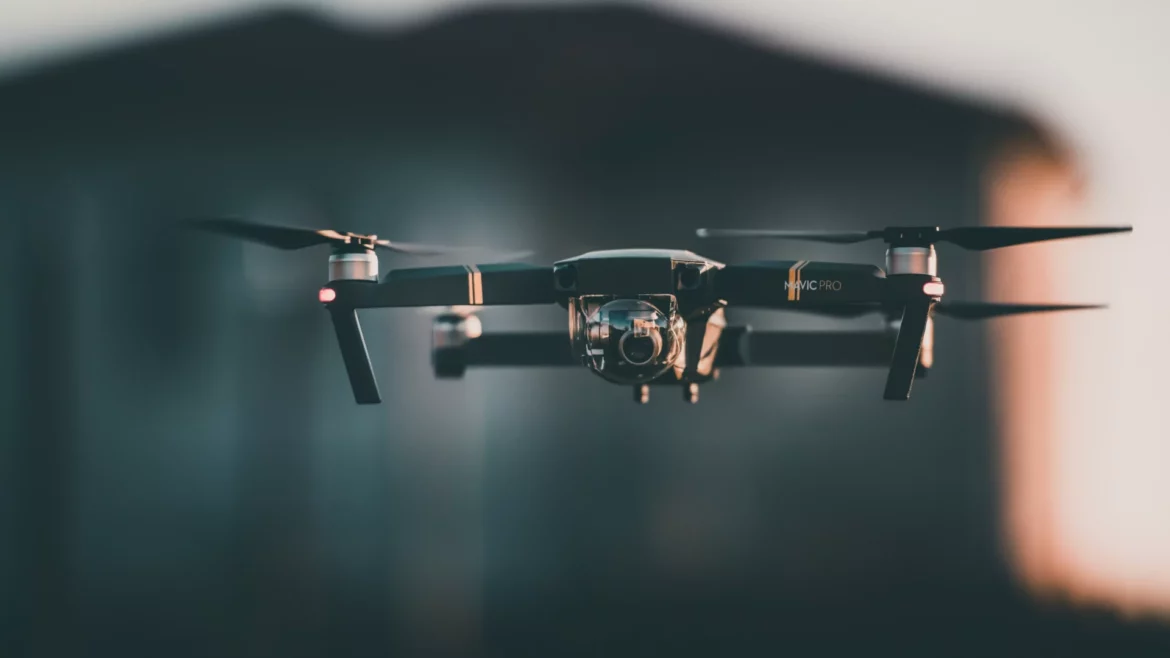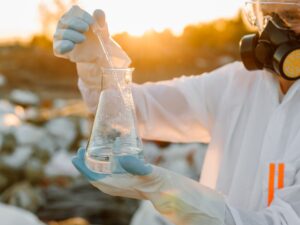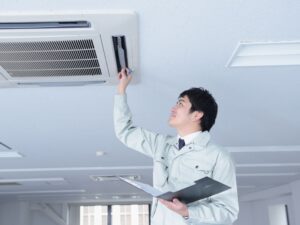
The use of drones in workplace hygiene, including air quality monitoring and hazardous material detection.
In the ever-evolving world of workplace hygiene, technological advancements continue to reshape the way we approach workplace health and safety. One such innovation that has gained significant traction in recent years is the use of drones. These unmanned aerial vehicles have proven to be valuable tools for various applications, including air quality monitoring and hazardous material detection.
Let’s explore how these drones are revolutionising workplace hygiene and how they can help improve workplace safety.
Drones and Workplace Hygiene
Drones have emerged as game-changers in the field of occupational hygiene due to their versatility, efficiency, and ability to access hard-to-reach areas. Equipped with advanced sensors and cameras, drones offer an aerial perspective that was previously unattainable, allowing professionals to gather crucial data and assess potential risks with precision and clarity.
Whether it’s inspecting large industrial sites, monitoring air quality, or detecting hazardous materials, drones are transforming the way occupational hygiene is practised.
Air Quality Monitoring with Drones
Maintaining optimal air quality is vital for the well-being of employees and the overall productivity of a workplace. Traditional methods of air quality monitoring often involve manual sampling, which can be time-consuming and may not provide real-time data. Drones equipped with specialized sensors can swiftly and accurately measure various air pollutants, including particulate matter, volatile organic compounds (VOCs), and gases.
By autonomously navigating through indoor and outdoor environments, drones can continuously monitor air quality levels in real time. This enables timely identification of potential air quality issues, allowing occupational hygiene professionals to promptly respond and implement necessary measures to protect workers’ health.
Apex Environmental offers expertise to help organizations establish comprehensive air quality monitoring programs, ensuring a safe and healthy work environment.
Hazardous Material Detection Using Drones
Detecting and managing hazardous materials is of paramount importance in occupational hygiene. Traditional methods often involve manual inspections and sampling, which can be hazardous, time-intensive, and may require access to restricted areas. Drones equipped with specialized sensors, such as infrared cameras and gas detectors, can efficiently identify and locate hazardous materials, even in challenging or inaccessible areas.
The unique ability of drones to swiftly scan large areas and generate detailed maps or thermal images of potential risks significantly enhances occupational hygiene practices. By minimizing human exposure to hazardous environments, drones improve safety and reduce the likelihood of accidents or injuries.
As with air quality monitoring, Apex Environmental offers comprehensive solutions for hazardous material detection that can help organizations streamline their occupational hygiene protocols and mitigate potential risks in the workplace.
Improve Your Workplace Hygiene with Apex Environmental
As a leader in environmental and occupational hygiene services in South Africa, Apex Environmental provides comprehensive solutions to enhance workplace safety. With our expertise in air quality monitoring, we can help you harness the power of aerial data collection for air quality monitoring and hazardous material detection.
By partnering with Apex Environmental, you gain access to a range of services tailored to your specific needs. We offer thorough air quality assessments, chemical and biological hazard identification and monitoring, comprehensive reports, and expert guidance for effective occupational hygiene practices. Our goal is to assist you in creating a safer, healthier work environment for your employees and the general public while ensuring compliance with regulatory standards.
By leveraging Apex Environmental’s experience and expertise, you can take your occupational hygiene practices to new heights, ensuring the well-being of your workforce and fostering a culture of safety in your organization, and indeed the environment as a whole.








